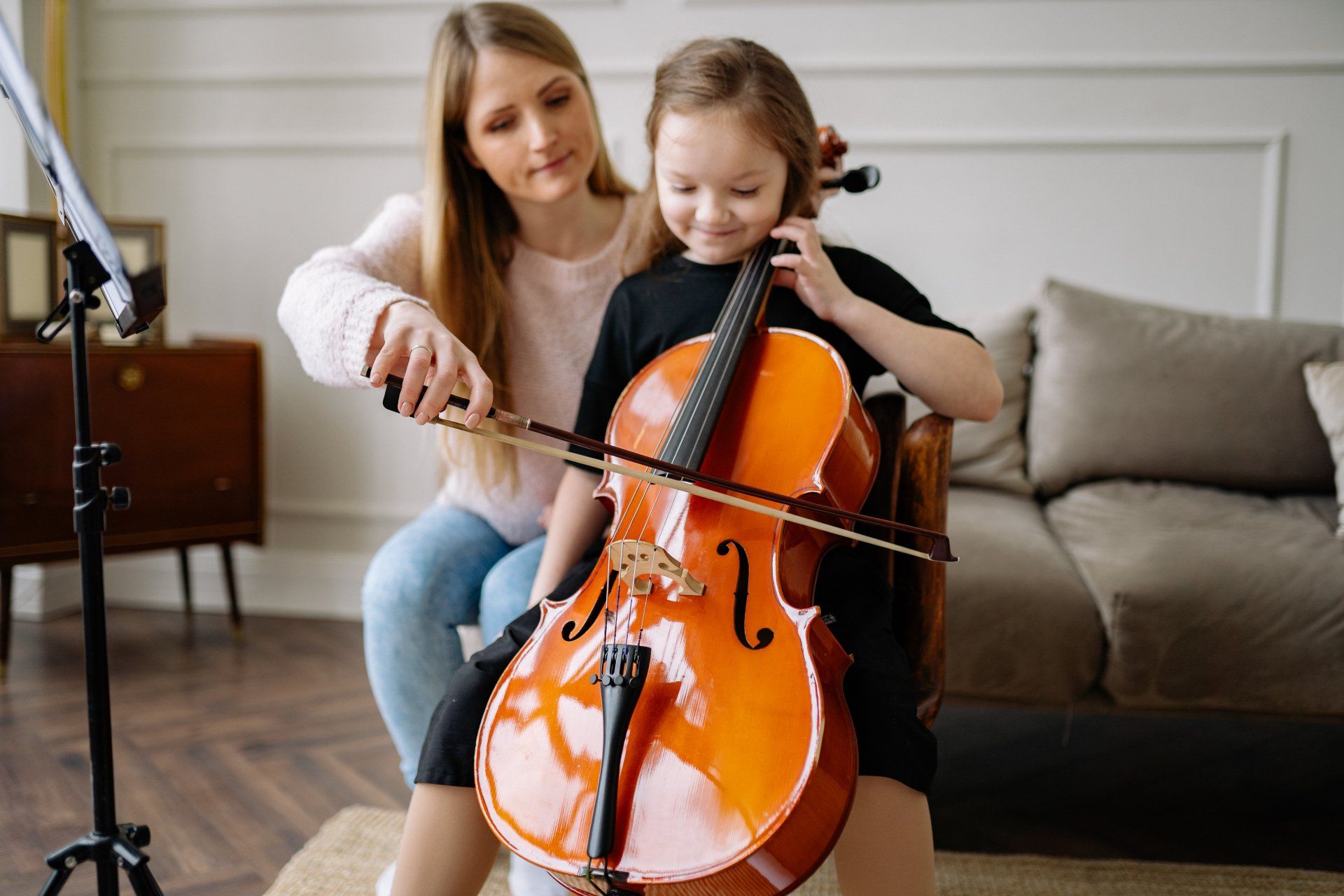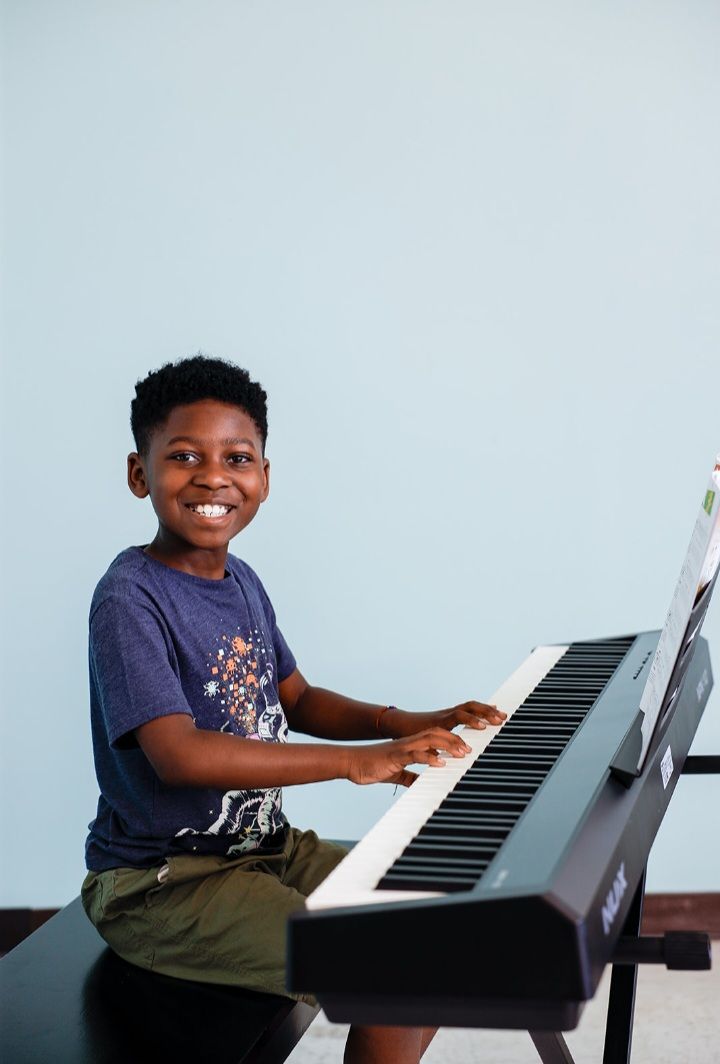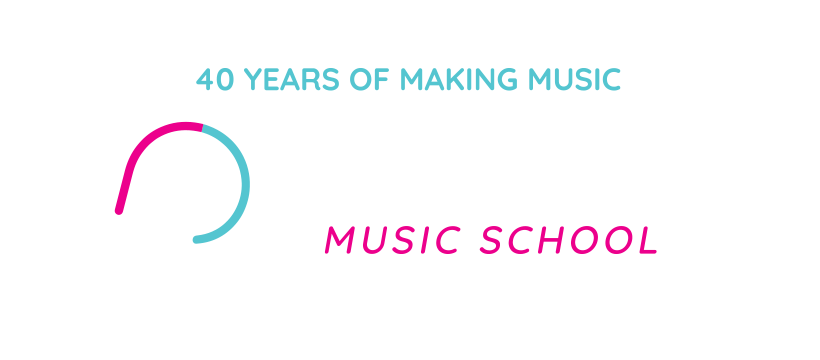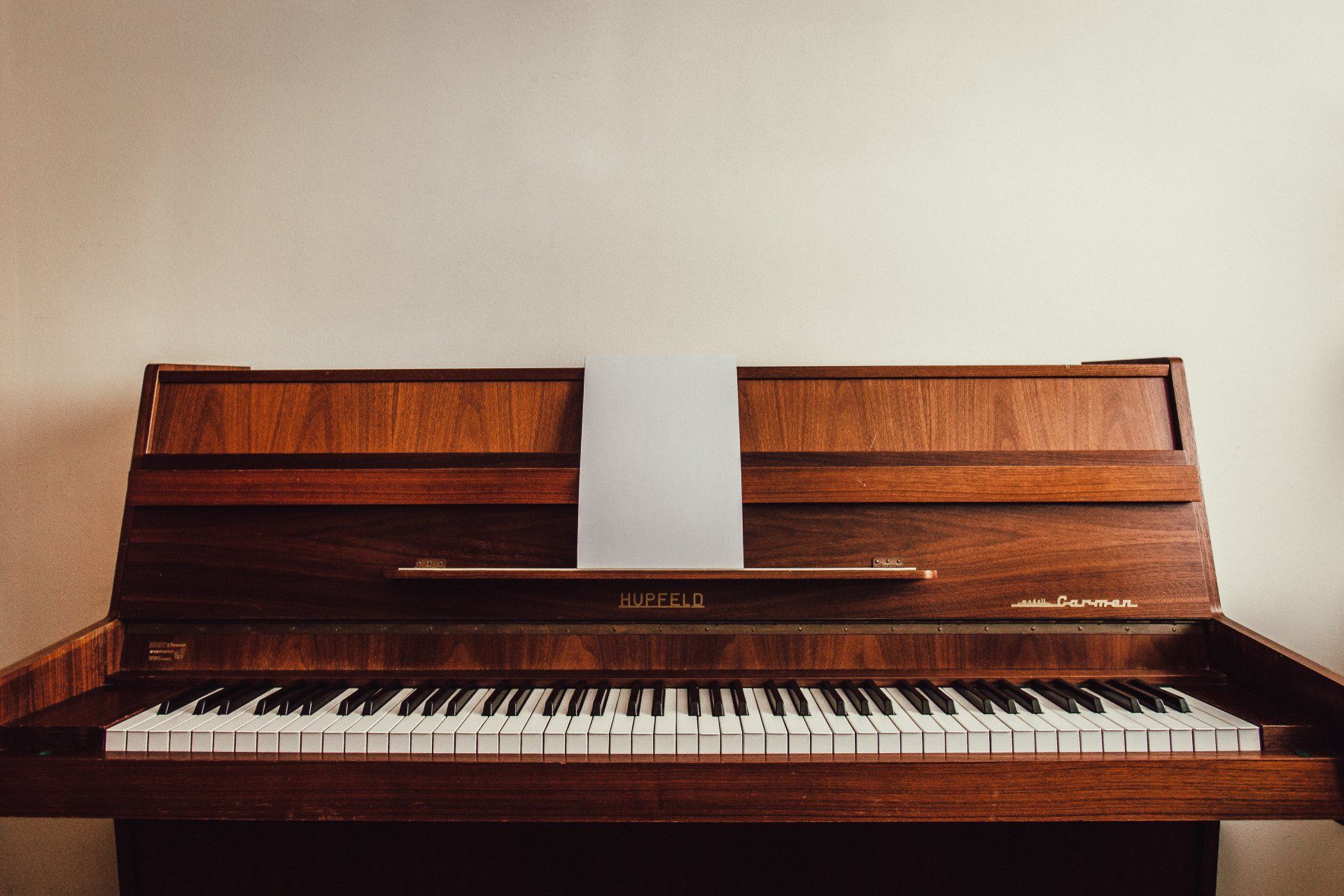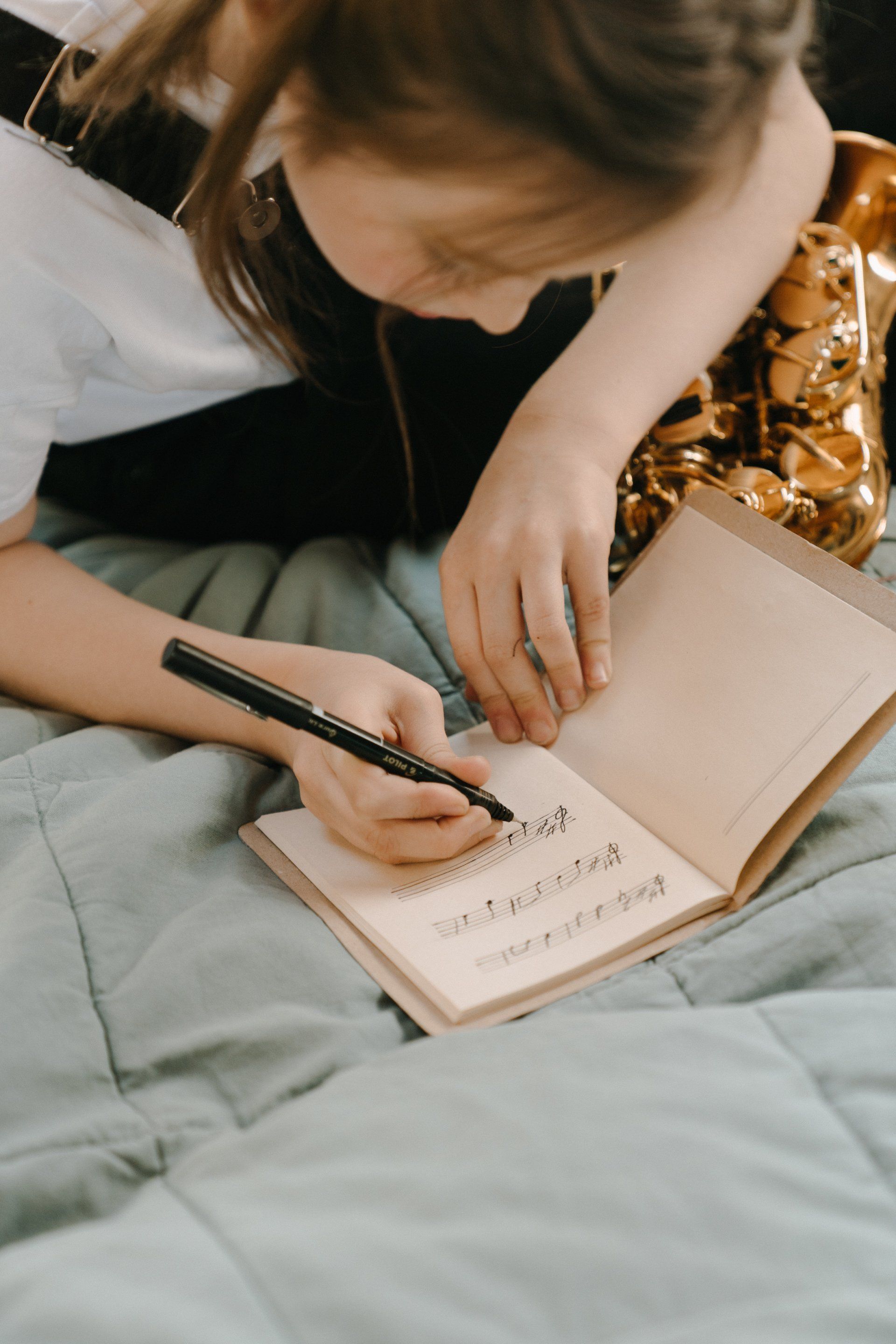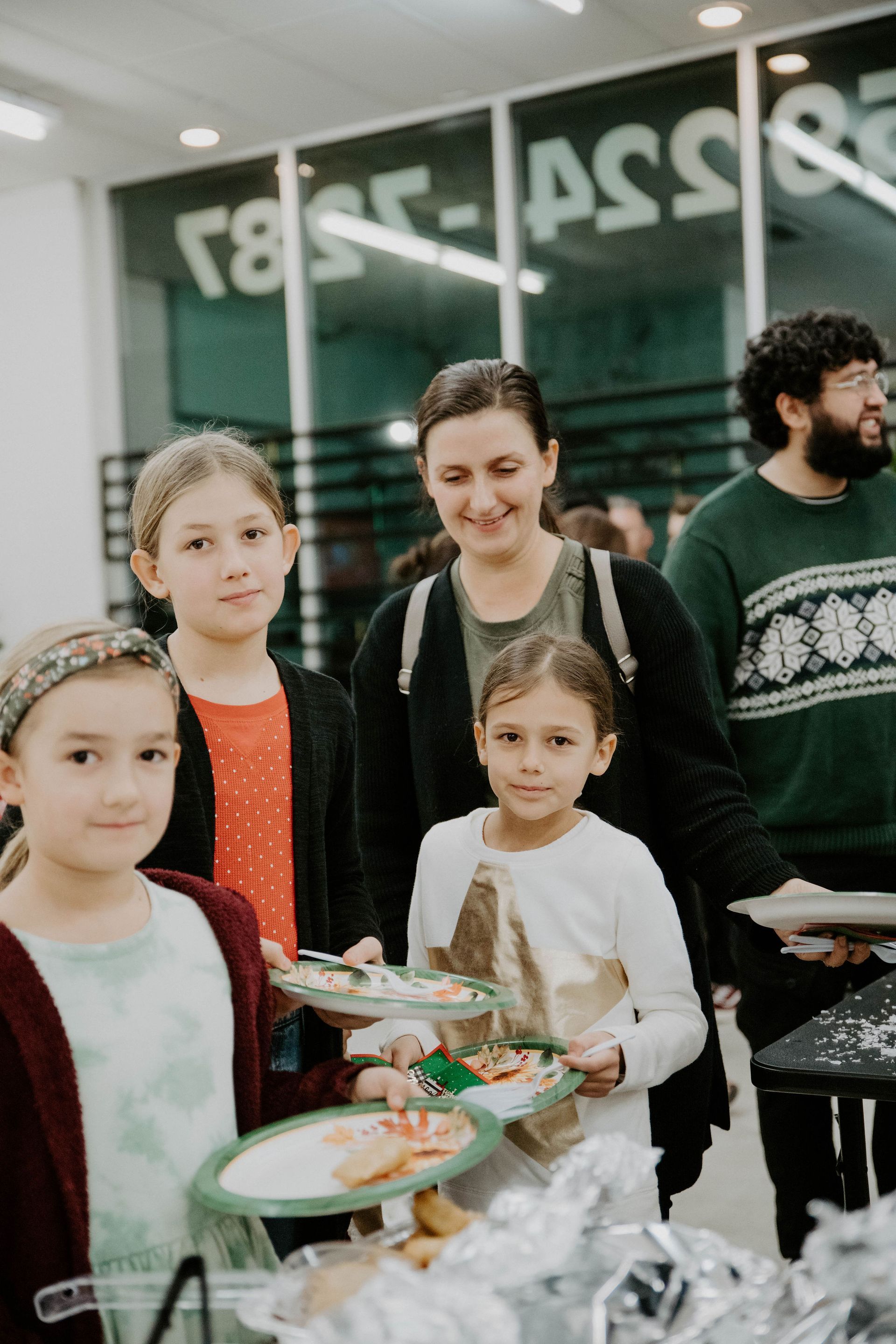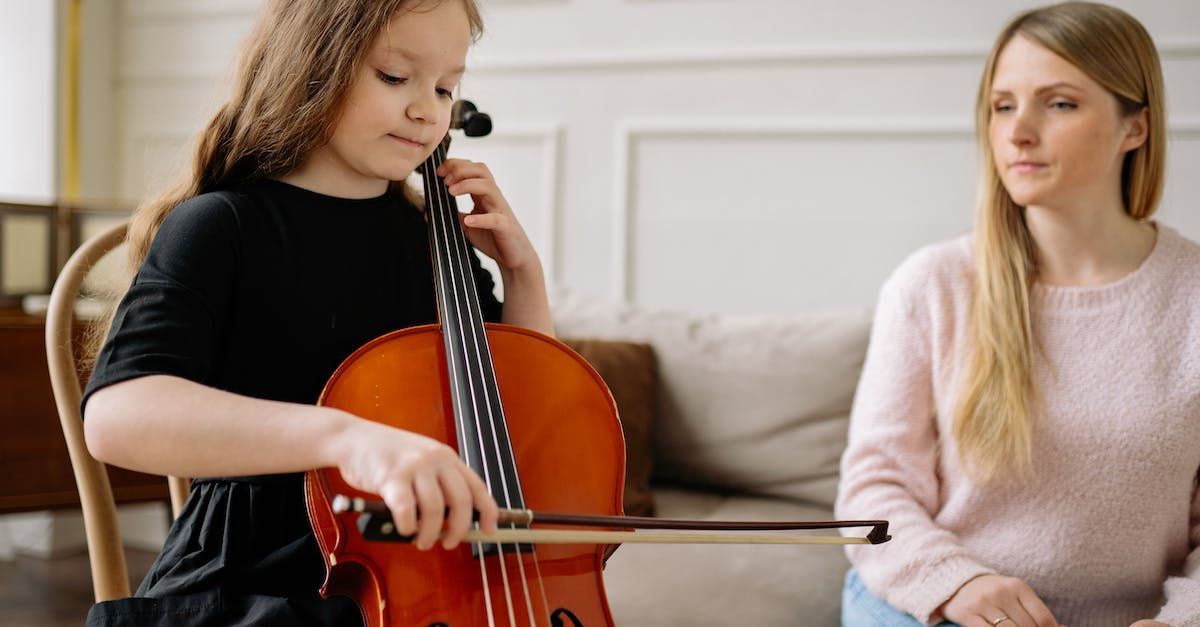What is the Best Age to Start Piano Lessons?
Interested in learning how to play the piano but not sure where to start?
This article covers everything you need to know about piano lessons, including the benefits of taking them, the different types of lessons available, and the various payment options.
Find out the average cost of piano lessons, factors that affect pricing, and how you can save money while still receiving high-quality instruction. Whether you're interested in in-person or online lessons, there's something here for everyone looking to tickle the ivories.
What Are Piano Lessons?
Piano lessons are instructional sessions that teach individuals how to play the piano, focusing on music theory, technique, and practical skills.
These lessons are typically led by experienced teachers who guide students through learning the fundamentals of playing the instrument. Teachers play a crucial role in providing feedback, correcting mistakes, and offering encouragement to enhance the student's progress.
The learning process involves regular practice sessions, familiarizing students with sheet music, scales, chords, and various playing techniques. Mastering the piano not only enhances musical abilities but also improves cognitive functions, hand-eye coordination, and creativity.
Through consistent practice and dedication, students can develop a deep appreciation for music and the art of playing the piano.
What Are the Benefits of Taking Piano Lessons?
Participating in piano lessons offers numerous benefits, including improved cognitive skills, enhanced fine motor skills, boosted confidence, and stress reduction.
Learning to play the piano enhances cognitive skills by stimulating neural connections in the brain, improving memory, concentration, and problem-solving abilities. Studies have shown that playing the piano can enhance overall brain function and even potentially decrease the risk of cognitive decline as individuals age.
The physical benefits are notable, as mastering the intricate movements required to play the piano can greatly improve fine motor skills. Precise finger movements, hand-eye coordination, and dexterity are all enhanced through regular piano practice, which can have positive effects on other daily activities as well.
Playing piano not only boosts confidence by achieving mastery over a challenging skill but also provides a creative outlet for emotional expression. The ability to convey feelings through music can be incredibly cathartic, leading to improved emotional well-being and stress reduction.
Improves Cognitive Skills
Engaging in piano lessons has been linked to improved cognitive skills such as brain development, memory retention, and enhanced concentration levels.
Playing the piano not only provides a creative outlet but also offers a myriad of cognitive benefits. When individuals learn to play the piano, their brain is constantly engaged in processing different notes, rhythms, and patterns, which helps in enhancing neural connections and promoting overall brain development.
This mental stimulation is crucial for maintaining cognitive function and can potentially improve memory retention. Through regular practice and focus required during piano lessons, individuals can also experience a significant boost in concentration levels, which can have a positive impact on overall productivity and mental clarity.
Enhances Fine Motor Skills
Practicing piano regularly enhances fine motor skills by improving hand-eye coordination, dexterity, and finger agility, crucial for playing complex pieces.
Engaging in consistent piano practice not only refines musical abilities but also sharpens the intricate connections between the brain and hands. The repetitive motions required to master piano pieces strengthen the neural pathways responsible for hand-eye coordination. As fingers navigate the keys with precision, they develop enhanced dexterity, allowing for more intricate movements and complexities in playing. This continual movement of the fingers fosters finger agility, enabling pianists to effortlessly explore the full range of the instrument.
Boosts Confidence
Taking piano lessons can boost confidence levels by fostering self-esteem, celebrating musical achievements, and offering performance opportunities.
Playing in front of an audience or at a recital helps the student overcome stage fright and develop a sense of accomplishment. Piano lessons not only improve musical skills but also instill discipline and perseverance through regular practice and overcoming challenges. This continual growth and improvement directly translate into increased confidence in various aspects of life beyond just music. Students feel a sense of pride and confidence in their abilities, which positively impacts their self-esteem and overall well-being.
Reduces Stress
Playing the piano as part of lessons can act as a stress-relief mechanism, promoting relaxation, embracing music therapy, and enhancing emotional well-being.
Music has a profound ability to soothe the mind and calm the soul, nurturing a deep sense of peace and tranquility. When immersed in playing the piano, individuals often find themselves in a meditative state, away from the pressures of daily life. The rhythmic melodies and harmonious chords create a therapeutic environment that allows for emotional release and introspection.
Engaging in regular piano practice can help lower cortisol levels - the stress hormone - and elevate serotonin and dopamine levels, leading to improved mood and overall well-being. This powerful connection between music and emotional wellness is why many psychologists and therapists recommend music therapy as part of stress management techniques.
How Much Do Piano Lessons Cost?
The cost of piano lessons can vary depending on factors such as private instruction, music school rates, lesson duration, and location.
Private piano instruction typically tends to be more expensive compared to group lessons due to the personalized attention provided by the instructor. Music school rates can also differ significantly based on the reputation of the institution and the qualifications of the teachers.
The duration of the lessons can impact the overall cost, with longer sessions usually costing more. Geographical location plays a crucial role as well, as urban areas generally have higher rates than rural areas.
Factors Affecting the Cost of Piano Lessons
Several factors influence the cost of piano lessons, including the type of instruction (private or group), prevailing music school rates, and the geographical location of the lessons.
Private piano lessons typically cost more than group sessions due to the personalized attention and tailored curriculum provided. Group instruction can be a more affordable option for those on a budget, as the cost is often split among multiple students. Music schools may offer bundled packages including theory classes, recital fees, and materials, affecting the overall price. The location of the lessons also plays a significant role, with metropolitan areas generally demanding higher rates compared to rural settings.
Average Cost of Piano Lessons
The average cost of piano lessons can range from an hourly rate to monthly packages, with variations based on the instructor's experience, lesson duration, and additional offerings.
Hourly rates for piano lessons typically fall in the range of $30 to $100 per hour, depending on the instructor's qualifications and location. On the other hand, monthly packages often offer discounts for committed students, with prices varying from $100 to $500 per month.
Instructor experience levels also play a crucial role in pricing, with beginner teachers charging lower rates compared to seasoned professionals. For instance, beginner instructors may charge around $30 to $50 per hour, while advanced instructors with extensive experience and qualifications can charge $60 to $100 or more.
Some instructors may offer additional benefits such as recitals, studio recordings, or music theory classes, which can influence the overall cost of the lessons. These extra offerings might be included in the package price or available as add-ons for an additional fee.
What Are the Different Types of Piano Lessons?
There are various types of piano lessons available, including in-person sessions, online classes, and group lessons, each catering to different learning preferences.
For those who thrive on individual attention and real-time feedback, in-person sessions are ideal. The personalized guidance and immediate corrections from a skilled instructor can significantly enhance progress and technique.
On the other hand, online classes offer the convenience of learning from the comfort of one's own home, allowing flexibility in scheduling and the ability to revisit lessons as needed.
Group lessons promote a sense of camaraderie among students, fostering a supportive environment for social learning and shared musical experiences.
In-Person Lessons
In-person piano lessons involve traditional face-to-face instruction with an experienced teacher, providing personalized guidance and immediate feedback.
One of the key advantages of in-person piano lessons is the ability to directly interact with the instructor. This interaction allows the student to ask questions in real-time, clarify doubts, and receive on-the-spot corrections, fostering a deeper understanding of musical concepts.
The personalized attention offered in face-to-face lessons enables the instructor to tailor the teachings according to the student's learning style and pace, enhancing the overall learning experience. The immediacy of feedback during in-person sessions helps students make instant adjustments, improving their technique and performance skills efficiently.
Online Lessons
Online piano lessons utilize virtual platforms to deliver digital instruction, offering flexibility, accessibility, and interactive learning tools.
One of the key advantages of taking piano lessons online is the convenience it provides. Learners can access their lessons from the comfort of their own homes, eliminating the need for travel to a physical location. Virtual platforms offer the flexibility of scheduling lessons at preferred times, making it easier to fit music education into a busy lifestyle. The digital nature of online piano lessons also means that students have access to a wide range of interactive tools and resources, enhancing the learning experience.
Group Lessons
Group piano lessons involve collaborative learning experiences within an ensemble setting, fostering peer interaction, musical teamwork, and shared progress.
Learning piano in a group setting provides students with the unique opportunity to not only enhance their individual skills but also develop a sense of camaraderie with their peers. Through group piano lessons, students can engage in ensemble playing, where each member contributes to creating beautiful harmonies and rhythms. This collaborative approach not only improves musicianship but also teaches valuable skills such as active listening, teamwork, and adaptability.
What Are the Different Payment Options for Piano Lessons?
Piano lessons offer various payment options, including per-lesson fees, monthly or semester packages, and annual payment plans to suit different preferences and budgets.
Per-lesson fees provide flexibility for those with unpredictable schedules, allowing students to pay only for the sessions they attend.
Monthly packages offer a convenient option for regular learners, providing a fixed fee for a set number of lessons each month.
Semester packages are ideal for those looking at a longer commitment, often with discounts for paying upfront for a block of lessons.
Annual subscriptions offer the best value for dedicated students, with significant savings compared to monthly or semester options.
Per Lesson Basis
Payment on a per-lesson basis allows students to pay as they go, offering flexibility and cost-effectiveness for those seeking individualized instruction.
By opting for this payment model, learners have the freedom to schedule lessons according to their availability and financial situation, without being tied down to long-term commitments. This approach not only helps in managing budgets effectively but also caters to the diverse needs of students in terms of their lesson frequency and duration.
Monthly or Semester Packages
Monthly or semester packages for piano lessons provide discounted rates for committed students, offering structured learning plans and cost-saving benefits.
With monthly or semester packages, students can enjoy consistent guidance from experienced instructors at a reduced cost compared to ad-hoc lessons. These packages often follow a structured curriculum tailored to the individual's skill level, ensuring gradual improvement and mastery of various techniques over time.
Committing to a fixed schedule through these packages fosters a sense of accountability and dedication, leading to more regular practice routines and accelerated progress in playing the piano.
Annual Packages
Annual piano lesson packages cover a full year of instruction, offering comprehensive learning programs and significant cost savings for long-term commitments.
These packages provide a structured learning environment that allows students to develop a strong foundation in music theory, technique, and performance skills. The long-term commitment to regular lessons enhances the student's musical growth and ensures steady progress over time.
Cost savings are a significant advantage of opting for an annual package, as they often include discounted rates compared to paying for individual lessons. The consistent schedule and ongoing support from a dedicated instructor contribute to a more enriching and effective learning experience.
Are There Additional Costs for Piano Lessons?
Apart from standard tuition fees, piano lessons may have additional costs for materials, recital participation, competition entries, or other supplementary activities.
These extra expenses are essential for a comprehensive musical education. Materials such as sheet music, technique books, and learning resources are critical for skill development.
Engaging in recitals not only builds confidence but also provides invaluable performance experience, crucial for a musician's growth.
Competition fees, while optional, offer students a chance to showcase their talent, receive feedback, and set goals for improvement. Despite these costs, they contribute to a well-rounded musical journey, enhancing skills, fostering creativity, and nurturing a love for music.
How Can You Save Money on Piano Lessons?
There are various ways to save money on piano lessons, including seeking discounts, opting for online instruction, or negotiating fees with the instructor.
One practical approach to cost-effective piano learning is to take advantage of discounts offered by music schools or private instructors. This could involve special promotions for beginners, group rate discounts for multiple students, or seasonal deals. Online learning platforms also provide a more budget-friendly option, as they often offer lower rates compared to traditional in-person lessons. Don't hesitate to engage in fee negotiations with your instructor, as many are open to discussing flexible payment arrangements or package deals to make lessons more affordable. By exploring these strategies, aspiring pianists can pursue their passion without breaking the bank.
Look for Discounts or Promotions
Seeking discounts or promotional offers for piano lessons can lead to potential savings, special perks, or added value for students.
When students take advantage of discounts or promotions for piano instruction, they not only reduce their overall expenses but also gain access to extra benefits such as free sheet music, discounted instrument rentals, or complimentary group workshops. By exploring special offers, students can enhance their learning experience with added value services like personalized practice plans, additional recital opportunities, or exclusive masterclasses with renowned musicians.
Consider Online Lessons
Opting for online piano lessons presents a digital, cost-effective alternative with added convenience and flexible scheduling options.
With online piano instruction, students can access high-quality lessons from the comfort of their own home, saving both time and money on commuting expenses.
These online platforms offer a wide range of resources, including video tutorials, interactive tools, and virtual practice sessions, enhancing the learning experience.
The flexibility of online lessons allows learners to progress at their own pace, fitting practice sessions into their busy schedules.
Negotiate with the Instructor
Engaging in fee negotiations with the piano instructor can lead to mutually beneficial arrangements, customized payment plans, or financial flexibility for students.
When negotiating fees with a piano instructor, it is crucial to maintain open and clear communication throughout the process. Customized payment options can be tailored to suit both parties' needs, creating a win-win situation. By discussing expectations, skill levels, and lesson frequency upfront, students can ensure they are getting value for their investment. The advantages of flexible arrangements not only benefit students but also allow instructors to attract a wider range of clientele. Emphasizing the importance of a transparent and respectful dialogue can pave the way for a satisfying and productive learning experience.
Frequently Asked Questions
How much do Piano Lessons Cost?
1. What is the average cost of piano lessons? The average cost of piano lessons can vary depending on factors such as the location, experience of the teacher, and length of the lesson. On average, a one-hour lesson can cost anywhere from $30 to $100.
Are there any additional costs besides the lesson fee?
2. Are there any materials or books that need to be purchased for piano lessons? Some piano instructors may require students to purchase lesson books or materials, which can cost an additional $10 to $50. It's best to clarify with your instructor beforehand to avoid any surprises.
Are there any discounts available for piano lessons?
3. Are there any discounts for siblings or group lessons? Some piano teachers may offer discounts for siblings or group lessons to make the cost more affordable. It's worth asking about any potential discounts before committing to lessons.
Is it possible to find affordable piano lessons?
4. Are there any low-cost or free options for piano lessons? Yes, there are some low-cost or even free options for piano lessons, such as community centers, local schools, or online resources. It's important to do thorough research and make sure the instructor is qualified before choosing this option.
Do piano lessons get more expensive as the student progresses?
5. Is there a chance that the cost of piano lessons will increase as the student progresses? Some piano teachers may increase the cost of lessons as the student's skill level increases. This is usually discussed and agreed upon beforehand, so it's important to communicate with your instructor about any potential changes in cost.
Is there a way to save money on piano lessons?
6. Are there any tips for saving money on piano lessons? To save money on piano lessons, you can try negotiating a lower rate with the instructor, taking group lessons instead of private lessons, or utilizing online resources to supplement in-person lessons. It's also important to practice regularly to get the most out of each lesson.
